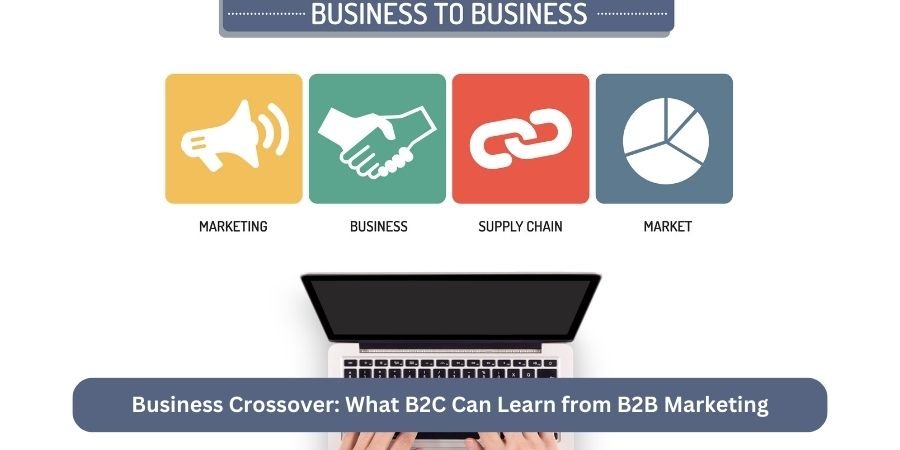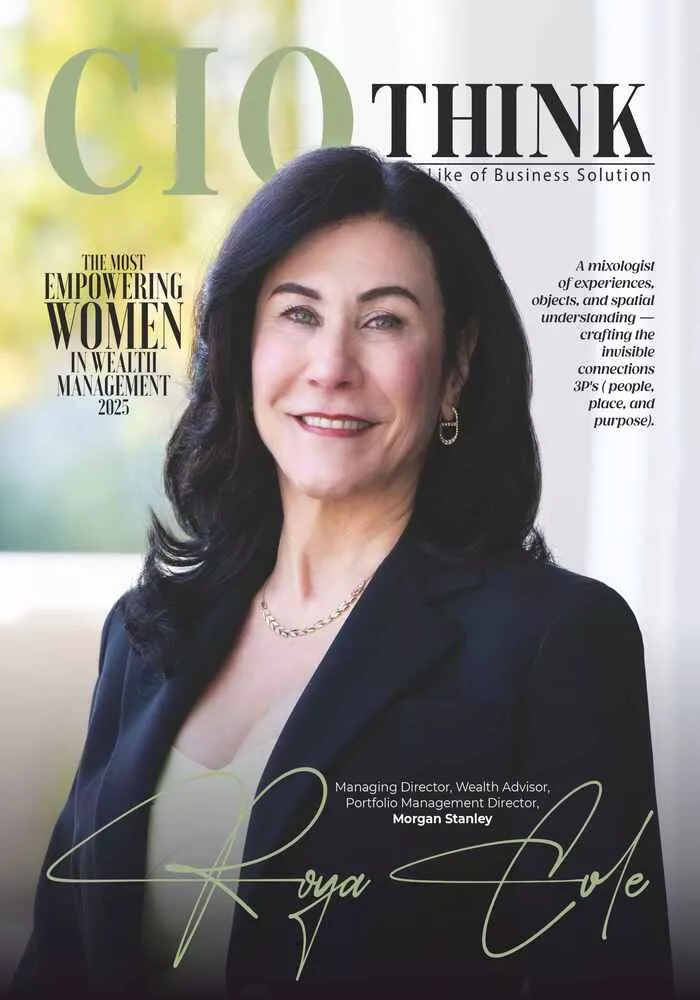When we think about B2B (Business to Business) and B2C (Business to Consumer) marketing, it’s easy to picture them as distant cousins who awkwardly bump into each other at family reunions. They nod, exchange a polite but mystified “how do you do,” and then retreat to their respective corners. But what if I told you that B2C could learn a trick or two from its more buttoned-up relative? Let’s dive into the lessons B2C marketers can take from the B2B playbook, with a light-hearted twist to keep things fun!
1. The Art of Personalization
B2B Knows Your Name: In B2B marketing, personalization is king. Sales pitches are tailored, emails are customized, and everyone knows your name (and probably your LinkedIn profile!). B2C can take a page from this book. Imagine a world where your favorite sneaker brand knows not just your shoe size, but also your preference for laces over Velcro. It’s like having a butler for your feet!
Takeaway for B2C: Invest in customer data management. The more you know about your consumers, the better you can tailor your offers and communications, making them feel like you’ve crafted each message just for them (because you will have!).
2. The Value of Long-Term Relationships
B2B Plays the Long Game: B2B relationships are like a slow cooker: set it, forget it, and let it simmer into something wonderful over time. These relationships are nurtured with continuous care and attention, focusing on long-term gains rather than quick wins.
Takeaway for B2C: While B2C often emphasizes immediate sales, there’s immense value in nurturing long-term customer relationships. Loyalty programs, consistent engagement through social media, and post-purchase follow-ups can turn a one-time buyer into a lifelong brand advocate.
3. Educational Content is King
B2B is the Professor: B2B marketing is all about educating potential clients. Whitepapers, webinars, and case studies are the norm. The goal? To arm the buyer with all the knowledge they need to make an informed decision (or to cure insomnia, depending on the content).
Takeaway for B2C: While B2C customers may not need a whitepaper on the aerodynamics of a tennis ball, they do appreciate knowing what they’re buying. Educational content that entertains and informs—think fun videos, infographics, or quick tips—can enhance your brand’s credibility and trustworthiness.
4. Seamless Integration of Solutions
B2B is a Smooth Operator: In B2B, the product or service often integrates smoothly into the customer’s business operations, solving specific problems with precision. It’s like a surgical strike on business pains!
Takeaway for B2C: B2C products can also be positioned as solutions, not just purchases. For instance, a smartphone isn’t just a phone; it’s a way to organize your life, capture memories, and even keep you fit (if you pay attention to those pesky health app notifications).
5. The Power of Networking
B2B is the Social Butterfly: In B2B, networking is crucial. Deals are often clinched on golf courses, at conferences, or during those oddly satisfying corporate retreats where everyone pretends to love trust falls.
Takeaway for B2C: Engage actively with consumers on social media, and create communities around your products. Encouraging user-generated content and interactions can turn customers into brand ambassadors, just like B2B leverages its network to expand its reach.
Conclusion: While B2B and B2C may seem worlds apart, they both aim to connect with their audience and fulfill their needs. By borrowing some strategies from B2B, B2C companies can enhance their marketing efforts, build stronger relationships, and maybe even have some fun along the way. Remember, at the end of the day, whether B2B or B2C, it’s all about understanding humans. And who knows humans better than marketers, right?






